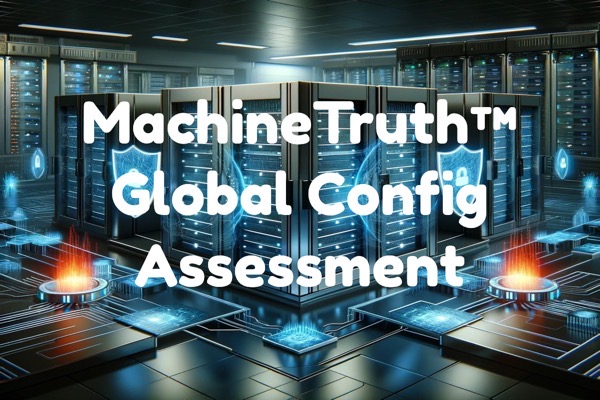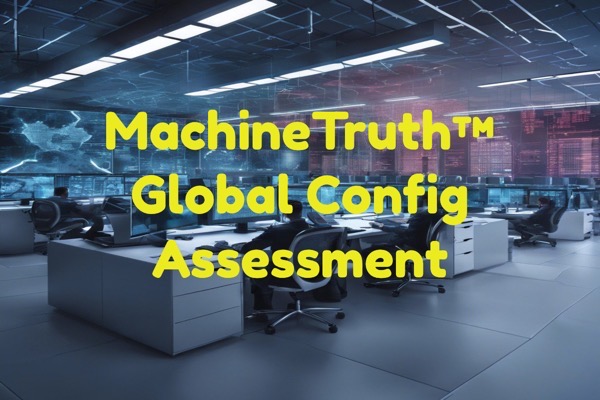Organizations aiming to enhance their cybersecurity posture should consider optimizing their processes around DNS and URL request logging and review. This task is crucial for identifying, mitigating, and preventing cyber threats in an increasingly interconnected digital landscape. Here’s a practical guide to help organizations streamline these processes effectively.
1. Establish Clear Logging Policies
Define what data should be collected from DNS and URL requests. Policies should address the scope of logging, retention periods, and privacy considerations, ensuring compliance with relevant laws and regulations like GDPR.
2. Leverage Automated Tools for Data Collection
Utilize advanced logging tools that automate the collection of DNS and URL request data. These tools should not only capture the requests but also the responses, timestamps, and the initiating device’s identity. Integration with existing cybersecurity tools can enhance visibility and threat detection capabilities.
3. Implement Real-time Monitoring and Alerts
Set up real-time monitoring systems to analyze DNS and URL request logs for unusual patterns or malicious activities. Automated alerts can expedite the response to potential threats, minimizing the risk of significant damage.
4. Conduct Regular Audits and Reviews
Schedule periodic audits of your DNS and URL logging processes to ensure they comply with your established policies and adapt to evolving cyber threats. Audits can help identify gaps in your logging strategy and areas for improvement.
5. Prioritize Data Analysis and Threat Intelligence
Invest in analytics platforms that can process large volumes of log data to identify trends, anomalies, and potential threats. Incorporating threat intelligence feeds into your analysis can provide context to the data, enhancing the detection of sophisticated cyber threats.
6. Enhance Team Skills and Awareness
Ensure that your cybersecurity team has the necessary skills to manage and analyze DNS and URL logs effectively. Regular training sessions can keep the team updated on the latest threat landscapes and analysis techniques.
7. Foster Collaboration with External Partners
Collaborate with ISPs, cybersecurity organizations, and industry groups to share insights and intelligence on emerging threats. This cooperation can lead to a better understanding of the threat environment and more effective mitigation strategies.
8. Streamline Incident Response with Integrated Logs
Integrate DNS and URL log analysis into your incident response plan. Quick access to relevant log data during a security incident can speed up the investigation and containment efforts, reducing the impact on your organization.
9. Review and Adapt to Technological Advances
Continuously evaluate new logging technologies and methodologies to ensure your organization’s approach remains effective. The digital landscape and associated threats are constantly evolving, requiring adaptive logging strategies.
10. Document and Share Best Practices
Create comprehensive documentation of your DNS and URL logging and review processes. Sharing best practices and lessons learned with peers can contribute to a stronger cybersecurity community.
By optimizing DNS and URL request logging and review processes, organizations can significantly enhance their ability to detect, investigate, and respond to cyber threats. A proactive and strategic approach to logging can be a cornerstone of a robust cybersecurity defense strategy.
* AI tools were used in the research and creation of this content.


